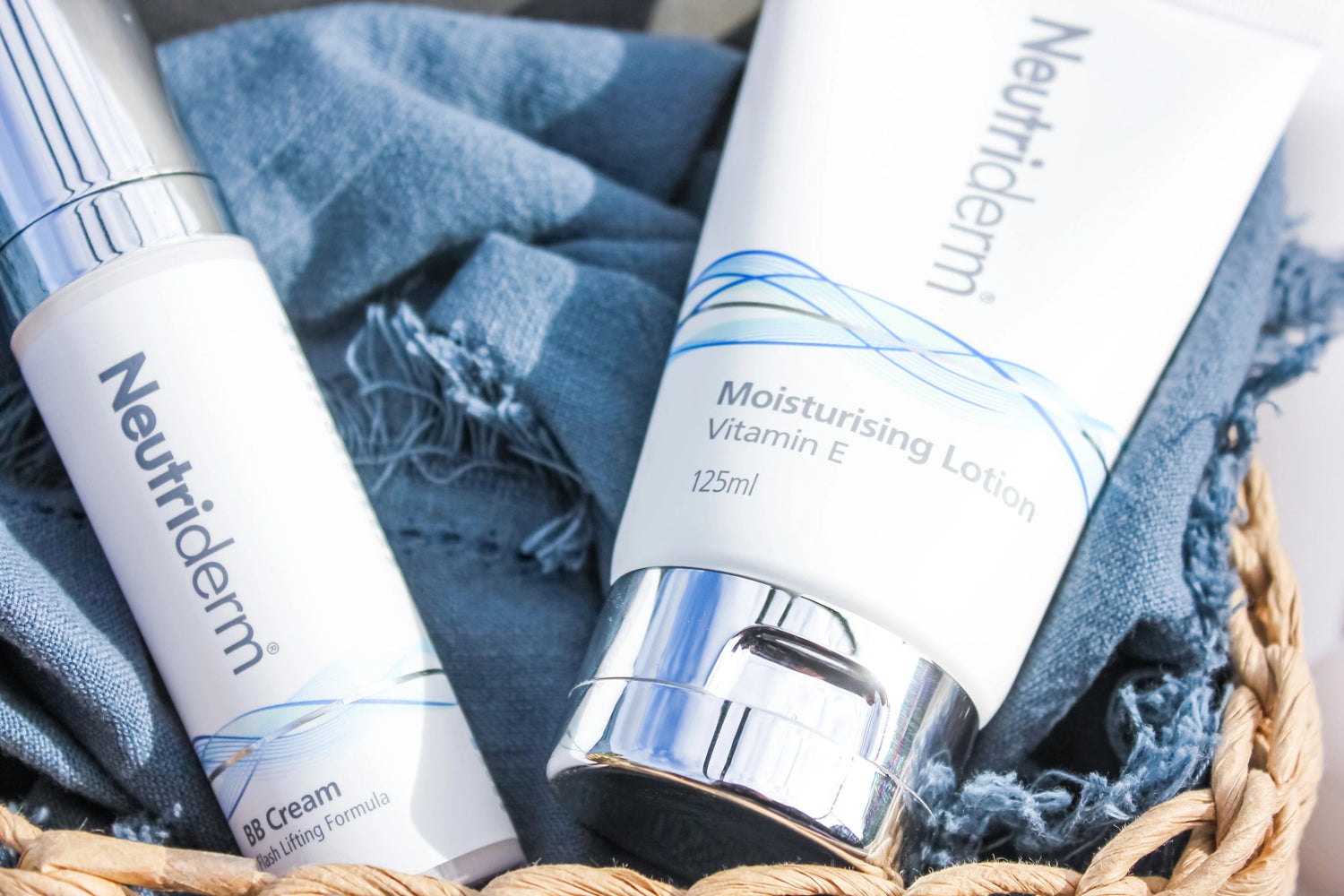About Nappy Rash
Nappy rash is dermatitis confined to the area covered by the nappy. It is most commonly characterised by confluent erythema of the convex surfaces of the buttocks, the areas of the skin in closest contact with the nappy and it spares the groin folds. Nappy rash is not one distinct diagnosis, but is a multifactorial problems. Factors which contribute to primary irritant napkin rash include excess skin hydration (water in urine and stool), skin trauma (friction between nappy and skin), irritants (ammonia, faeces, soap and detergent residue) and candida albicans (present in faeces and infects damaged moist skin).
The relative contribution of each factor may vary between cases. It is not generally helpful to distinguish between these causes of primary irritant napkin rash as the treatment principals do not depend on this.

